Discover how Nanosurf’s WaveMode technology on the DriveAFM revolutionizes semiconductor metrology with faster, more ...
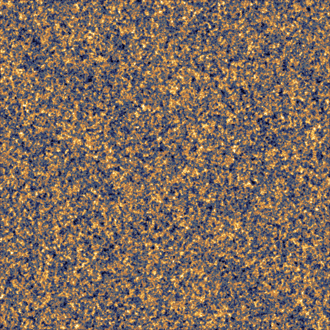
The ultimate tool for nanoscale research from biological molecules to advanced new materials.
The versatile mid-range research AFM that grows with your demands in modes and accessories.
A compact affordable research AFM that is astoundingly easy to use, with more than 30 modes and options.
Fastest reliable sub-Angstrom surface roughness metrology.
Bringing the power of DriveAFM to a wafer metrology system purpose-built for the requirements of the semiconductor industry.
Measure roughness and other material properties of heavy and large samples up to 300 mm and 45 kg.
For unique requirements, we will design a bespoke AFM solution, leveraging our decades of engineering expertise.
Slide an AFM onto your upright optical microscope turret for a leap in resolution.
One of the smallest ever AFMs, created for integration into custom stages or existing setups.
A flexibly mountable research-grade scan head for integration into custom stages or existing set ups.
What is atomic force microscopy (AFM)? How does AFM work? What AFM modes do I really need? How do I get started with AFM?
Learn how AFM works with cantilever/tip assembly interacting with the sample. Explore CleanDrive technology, calibration methods, and feedback principles for precise nanoscale imaging.
An overview of common AFM modes. To learn about each mode in more detail and see application, view the full article.
We regularly publish detailed reviews providing practical guidance and theoretical background on various AFM applications.
Read detailed technical descriptions about selected AFM techniques and learn how to perform specific measurements on Nanosurf instruments.
A library of links to research papers in which Nanosurf instruments were used.
Learn AFM from our library of recorded webinars, covering different measurement techniques, modes, and areas of application.
Short video clips explaining how to perform different operations on Nanosurf instruments.
Watch a product demonstration to learn about the capabilities of our AFMs.
Short videos of our AFMs.
Browse news articles, press releases and a variety of other articles all around Nanosurf
Browse Héctor Corte-Léon's weekly experiments, for inspiration, entertainment, and to discover everyday applications of AFM.

Héctor here, your AFM expert at Nanosurf calling out for people to share their Friday afternoon experiments. Today I explore chicken eggs, after the egg-cellent suggestion from my colleague Christian.

But why chicken eggs? Because the chicken egg industry is a massive giant, and using egg by-products in bio research is an emerging field (Ref 1). So, let's see if this, easy to access sample, is suitable for AFM imaging, and what is the minimum preparation needed.
Beforehand, some egg-facts to blow your mind about eggs:
If you combine all this information, it means that each year Denmark has to export 16440 millions of eggs, France 2820 millions, and Spain 4020 millions.
This is no small task!
Specially if you consider that they should be inspected, classified, handled, and preserved.
So, without further ado, let's get to business and prepare some samples. I purchased some brown and white chicken eggs to try seeing some differences. I started by cracking them open, and putting the contents aside (we will look only at the egg-shell). My first approach was to use blue-Tac to secure the shell and the membrane, but it turns out that the pressure needed to secure the shell breaks it completely. However, double-sided sticky tape does the job, and the same for the egg membrane (which I peeled of with tweezers to avoid contaminating it).

I used a glass slide because It was convenient, but it doesn't play any special role, I could have used a metal plate or a ceramic disc for instance. Next step was to place it under the AFM, and secure it to reduce drift and vibrations.
As you can see from the diagram, the egg-shell is composed by a hard part (cuticle, crystal layer and mammilla), and the soft, fragile, membrane. When the egg is open, the membrane peels off easily. However, a fine layer of fibers might stick to the §bottom part of the mamilla. Because of this, I only imaged the cuticle and the membrane, and ignored the rest.
I started with the brown egg, using Dynamic mode and a Multi 75 probe. I found out that the surface of the cuticle is composed of spherical calcite elements. With a broad distribution of sizes.
Using some previous research to guide me (Ref 2), I identified pores. These are easy to spot in the phase contrast channel, as the AFM probe cannot hit the bottom of the pore and this produces a big phase contrast on that position. As you can see, pores tend to have irregular shapes.
The membrane part of the brown egg, is composed of fibers (which are a mixture of proteins, up to 50000 different types, see Ref 1), and the difficulty when imaging this part is that it tends to retain liquid, which hides the structures completely, but also, is full of deep trenches where probes can break easily if the scan speed is too fast or the feedback is inappropriate. However, as you can see from the image, imaging is possible, and even the full range of the scanner is accesible without encountering big steps in height. By the way, the nodules, or particles along the fibers are likely to be calcite deposits (Ref 1).
The white egg, (figure below), also presented similar structures in both cuticle and membrane and I cannot identify anything distinguishing the brown from the white eggs, however, because this experiment only included a few images, I don't rule completely that there might be statistical differences between the two once more data is compared.
So, conclusions, message to take home and future experiments?
I hope you like the results shown, and they are useful to you as a guide when working with similar materials.
References:
1 Pillai, M.M., Saha, R. & Tayalia, P. Avian eggshell membrane as a material for tissue engineering: A review. J Mater Sci 58, 6865–6886 (2023). https://doi.org/10.1007/s10853-023-08434-2
2 I. Arzate-Vázquez, J.V. Méndez-Méndez, E.A. Flores-Johnson, J. Nicolás-Bermúdez, J.J. Chanona-Pérez, E. Santiago-Cortés,
Study of the porosity of calcified chicken eggshell using atomic force microscopy and image processing, Micron, Volume 118, (2019). https://doi.org/10.1016/j.micron.2018.12.008.

14.10.2025
Discover how Nanosurf’s WaveMode technology on the DriveAFM revolutionizes semiconductor metrology with faster, more ...
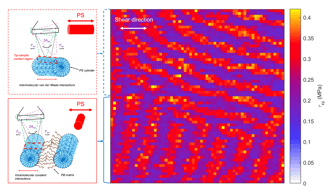
01.09.2025
Subsurface nanomechanical properties using torsinal force spectroscopy.
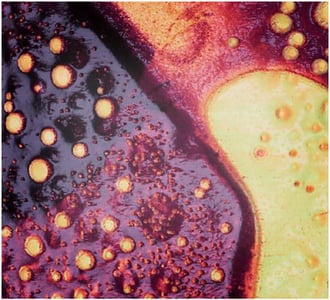
01.09.2025
How to calibrate nanomechanical measurements

08.12.2024
Learn how to make a Python code to interface your AFM with a gamepad.
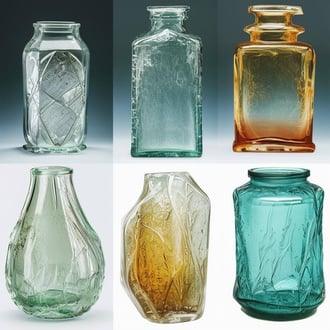
01.10.2024
FridayAFM: learn how the extreme sensitivity of AFM can reveal the glass ageing process.
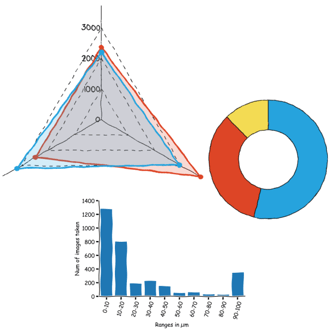
11.07.2024
FridayAFM: learn how to perform datamining on large sets of AFM data.
Interested in learning more? If you have any questions, please reach out to us, and speak to an AFM expert.
